Growing for Market in partnership with Johnny's Selected Seeds has created a library of expert information about growing and selling vegetables and flowers. Links in the article will take you to johnnyseeds.com.
Subscribe to Growing for Market for more great ideas about growing and marketing!
For more topics in the series, click on Market Farming Basics in the left column.

Time to order hoophouse, overwintering, and cover crops
Winter growing is one of the biggest trends in market farming. Farmers markets are staying open longer, many are going year-round, and winter CSA shares are growing in popularity. Even supermarkets are learning that “locally grown” programs aren’t limited to summer months.
From the grower’s perspective, season extension can be the means to profitability. If it’s been a bad summer, protected growing in fall and winter offers a chance to start over and recover from losses. If it’s been a great summer, extending the season can keep the momentum going on the farm and in markets.
Winter production got a big boost from the NRCS Seasonal High Tunnel Initiative, which offers grants to growers to build high tunnels. More than 4,000 high tunnels were built in the first two years of the program, and a third round of funding is occurring now. http://www.nrcs.usda.gov/wps/portal/nrcs/detailfull/national/programs/?&cid=stelprdb1046250
The Quick Hoops benders from Johnny’s have simplified the process of season extension. These inexpensive benders and our comprehensive construction manuals are helping growers quickly and easily build high tunnels, moveable high tunnels, and low tunnels.
Crops grown in fall and winter are delicious. Cool weather means more vibrant colors in many vegetables, especially those that are red and purple. Sometimes cold weather may give the leaf margins of greens a purple tinge. The greens are still great to eat. Cool weather also increases the sugars in vegetables. A plant lowers its own freezing point, preventing cold damage, by producing more sugars. In spinach, you may notice a sugar buildup on the undersides of the leaves; what appears to be white fuzz is actually sugar water exuded from the leaf. Carrots are sweeter in cold weather because the sugars balance out the terpenoids, which give carrots a bitter or soapy taste in hot weather. Parsnips overwintered in cold soils are sweet as candy in spring!
At Johnny’s research farm, we continue to investigate the best vegetable varieties for winter production. Here are some of the things we have discovered work well in the hoophouse:
Carrots: Napoli is great for winter harvest. Target holiday markets for highest value. Selling with the greens on is an indicator of freshness (as long as the greens are healthy and green; greens that are brown or decayed should be removed), but encourage end users to removes the greens for best storage because the greens “breathe” and roots will become limp.
Chicory: Leonardo is a favorite for fall, because the color will become more vibrant and the flavor will be mildly bitter. Cool weather sweetens bitter greens, which are usually wilted or fully cooked so they are a good companion to the hearty soups and stews of fall and winter.
Greens for winter salads: Vit Mache should be sown in the hoophouse late summer through early fall for winter harvests. If you are targeting holiday markets, start in soil blocks and transplant to the hoophouse as soon as fruiting crops are removed. Claytonia thrives in the coldest weather; its small flowers are edible and make a beautiful addition to winter salads. Minutina, paired with claytonia and mache, makes the perfect winter greens salad. Minutina flower buds are also edible when they first appear but become fibrous once elongated. Arugula becomes deliciously mild in cold weather.
Lettuce: Downy Mildew pressure increases in the fall and in the winter hoophouse. Grow resistant varieties for best control. Some of our favorite varieties for baby leaf production:
Defender is the most vigorous green romaine. “That stuff jumps out of the ground, it’s a real keeper!” says one of our large salad growers.
Annapolis keeps its red color in the low light of the hoophouse.
Sulu is an upright, a gorgeous leaf with great loft.
Garrison is a red oakleaf that adds interesting texture to a lettuce mix and performs well in low light conditions.
Radishes: The flavor of any radish is not quite so hot and spicy as it is in hot weather, and we especially like Crunchy Royale. And did you know that radishes can be roasted? We’re hearing about chefs who use them in roasted roots dishes for an interesting flavor diversity.
Spinach: Python is a fast growing, upright spinach with long stems — perfect for bunching. Carmel is upright, uniform, and dark green with leaves that have enough texture to fill a bag nicely.
Swiss Chard: Bright Lights just get brighter as the weather gets colder.
Turnips: We have trialed many, but Hakurei is still the best salad turnip we have ever tasted.
Overwintering Crops
Many cold-hardy vegetables can be seeded in fall and left in the ground over the winter. In places with freezing winter temperatures, they should be grown under a Quick Hoops tunnel for best results. When the temperatures start to moderate in early spring, they grow quickly. Be the first to market with these vegetables:
Carrots: Nelson was the sweetest in our overwintering trial.
Mache: Vit is great in winter and early spring. Seed in the fall in the field or, in colder areas, using Quick Hoops for a very early start to the spring season. Be attentive during spring warm spells, which may cause the crop to bolt quickly.
Lettuce: Winter Density was the number one performer in the Winter Quick Hoops trials. The small heads have a sweet flavor and a smooth, buttery texture.
Onions: Bridger is the best for overwintering; sow in August and be the first with fresh onions at market next year.
Parsnips: Javelin is the best variety for overwintering, while Albion is best for fall harvest.
Scallions: Evergreen Hardy White is the most winter-hardy variety. Plants seeds in clumps and harvest by the bunch.
Spinach: Tyee is an old favorite for overwintered spinach, dark green and full savoy. Red Cardinal has a dark red vein with dark green leaves and a sweet flavor. Python is fast growing, upright, and with long stems for easy bunching.
Don’t forget to order cover crops!
Late summer to early fall is the time to sow cover crops that will protect your soil over the winter, suppress cool-season weeds, and help conserve soil moisture, all while adding organic matter and, in some cases, improving soil fertility. They can be planted by broadcasting or drilling as soon as you remove summer crops from a field. You can read more about how to plant cover crops in this Growing for Market article. https://growingformarket.com/articles/Getting-cover-crops-planted
Here are some good choices for fall and winter cover crops:
Fall Green Manure Mix: fixes nitrogen and is easy to incorporate in spring.
Winter Rye: Grows quickly in fall and should be tilled in early in spring.
Field Peas: Fast growing in cool fall weather, they will winterkill in most places, allowing for easy incorporation in spring.
Clovers: Mammoth Red is the best for poor soils. Sweet Clover once established will have an extensive root system that improves soil fertility and tilth. New Zealand White can be used to underseed fall vegetables such as brassicas for a living mulch. Crimson Clover also can be used for underseeding, but will winterkill in northern climates.
Visit Johnny's Selected Seeds for more free information about growing produce, herbs, cover crops and flowers.
Subscribe to Growing for Market for the latest news and ideas.
Reprinted JSS Advantage August 2012
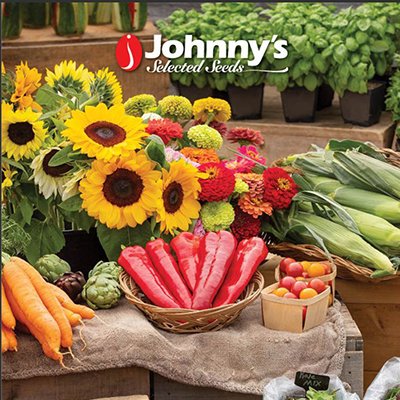
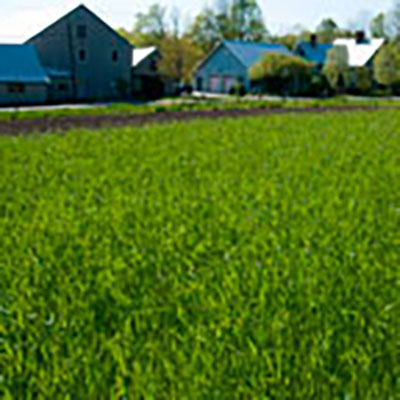


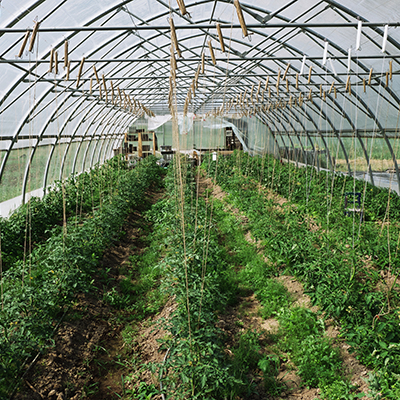
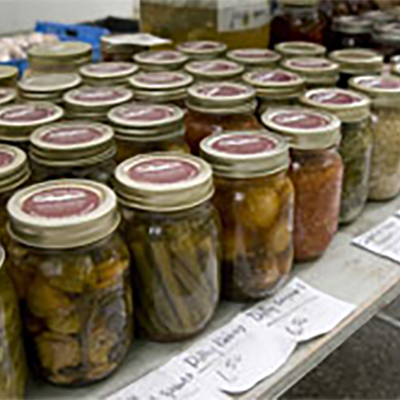
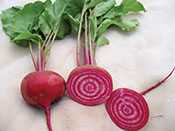 August can be a busy month. Summer crops are at their peak and fall crops need attention. It's time to look ahead to fall and winter markets. Yet, it may still be so hot you just don't want to do anything! We'll suggest some practical ideas and, we hope, provide some encouragement to keep you going.
August can be a busy month. Summer crops are at their peak and fall crops need attention. It's time to look ahead to fall and winter markets. Yet, it may still be so hot you just don't want to do anything! We'll suggest some practical ideas and, we hope, provide some encouragement to keep you going.
